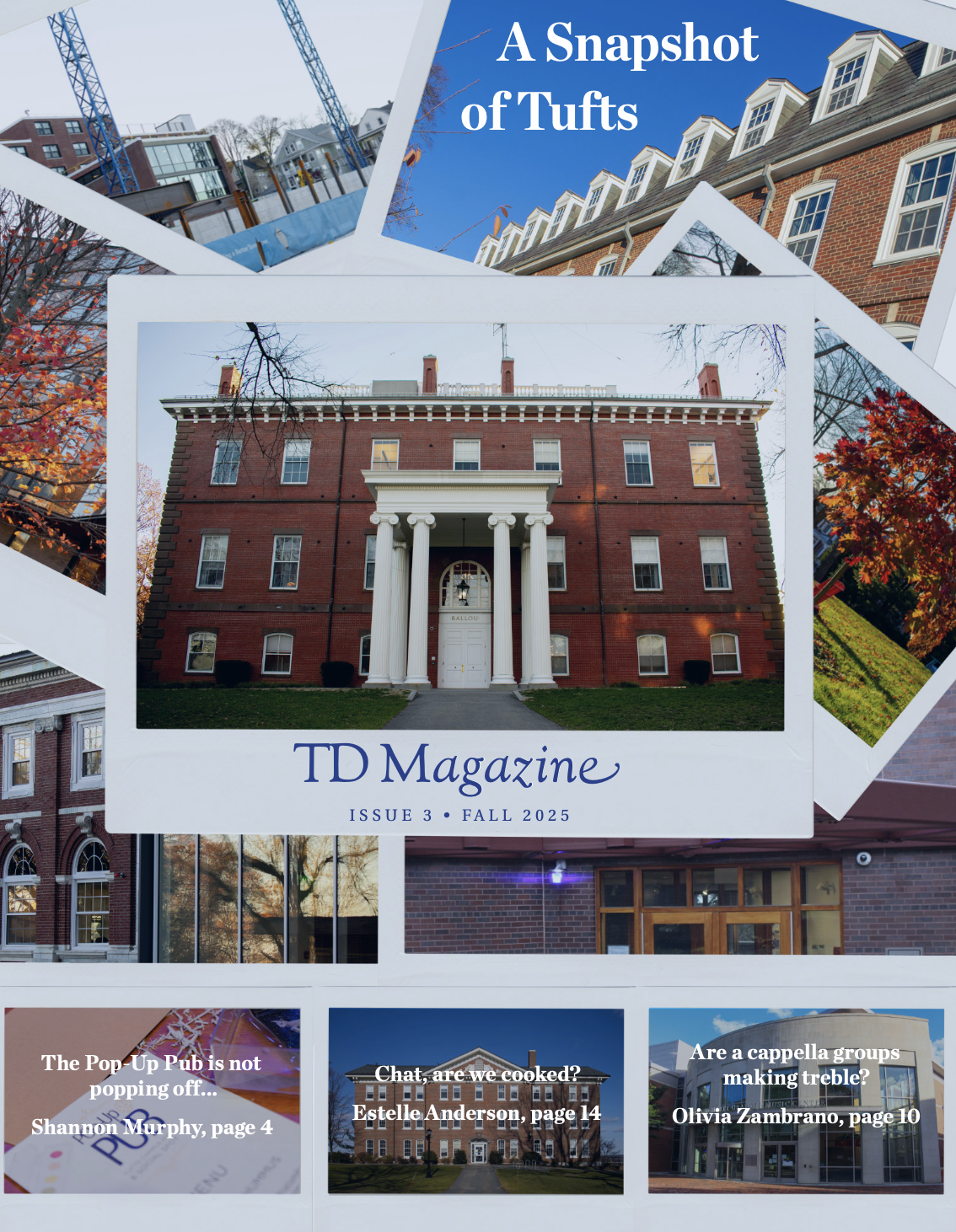Dear concerned Tufts students,
Thank you for your open letter of April 25, and for sharing your concerns about the rising cost of tuition.
We realize that tuition is a significant investment for our students and families. We have worked very hard to control our expenses and increase efficiencies so that we can minimize tuition increases. We have also focused on fundraising for financial aid.
We understand that any tuition increase is difficult. In this letter we will try to explain what goes into setting tuition, how our financial aid supports current students and what we are doing to raise more aid.
In considering tuition increases for a given year, we look closely at the resources needed to deliver an excellent educational experience, both inside and outside of the classroom. We strive to maintain small classes taught by outstanding faculty who are leaders in their fields; enhance student services; enrich curricular, co-curricular and extra-curricular opportunities; build new and improved facilities such as the Collaborative Learning and Innovation Center; and improve residential life on campus.
The costs of delivering this experience continue to rise. Expenses to recruit and retain excellent faculty and to maintain and improve our facilities are increasing. At the same time, federal research dollars are decreasing, requiring us to invest more to ensure that faculty are able to pursue their research. We also face rising costs for health care and for meeting new and expanding government regulations.
Last year, the expenses for the Schools of Arts and Sciences and Engineering totaled $355 million. The largest expenses related to instruction, at $122.8 million. The cost of running auxiliary services — which includes the dining halls and dormitories — was $54.2 million. Other expenses included academic and student services (e.g., library, athletics, student services operations) at $39.5 million; institutional support (e.g., central university departments such as Human Resources and Tufts Technology Services) at $54.6 million; operation and maintenance of our physical plant (e.g., electricity, water, maintenance of facilities and grounds) at $38.1 million; sponsored programs (e.g., faculty research) at $42.1 million; and clinical and other educational activities at $3.8 million.
As tuition has risen, we have increased the financial aid available to students. The average annual increase in undergraduate aid financial aid over the past ten years has been 7.3 percent. The average increase in such aid has outpaced the average increase in tuition and total student costs by 3 percent. In fiscal year 2015, the increase in undergraduate financial aid over the previous year was 9.1 percent. Tufts awarded $69 million in undergraduate grants and scholarships last year, with 39 percent of undergraduates receiving a Tufts grant. The average scholarship for a Tufts student was $36,253. Total student aid for undergraduates — which included federal and state grants and loans — was $101 million.
We have continued to make financial aid a fundraising priority. In the past five years, we have raised $80 million in endowment gifts and pledges for scholarships for students at all of Tufts' schools, including our graduate and professional schools. These efforts will significantly reinforce our commitment to access and to building a diverse community of students. While this is a substantial amount of money, it is far less than we would require to be need-blind. To become need-blind would require an estimated increase of $400 million in support for undergraduate aid over our current $1.6 billion endowment.
Tufts remains one of a small group of colleges and universities committed to meeting the demonstrated financial need of all enrolled undergraduates and to awarding only need-based undergraduate aid. Need is determined according to a federal formula. We meet the full need of all our students each year, even if a student’s need increases. This means that our limited financial aid dollars go to those who would be unable to attend Tufts without aid. This approach contrasts with many schools that compete for students by providing scholarships even if a student is able to pay.
Financial aid will continue to be a top priority as the university prepares to launch a new comprehensive fundraising campaign.
We appreciate how hard it is for students and their families to pay for college. We will continue to strive to reduce costs, to raise financial aid and to minimize tuition increases.
Thank you again for your letter.
Sincerely,
Anthony P. Monaco
University President
James M. Glaser
Dean, School of Arts and Sciences
Jianmin Qu
Dean, School of Engineering
Editor’s note: If you would like to send your response or make an Op-Ed contribution to the Opinion section, please email us at tuftsdailyoped@gmail.com. The Opinion section looks forward to hearing from you.




